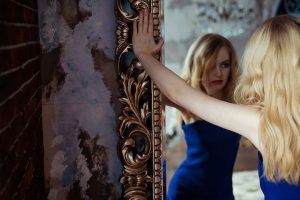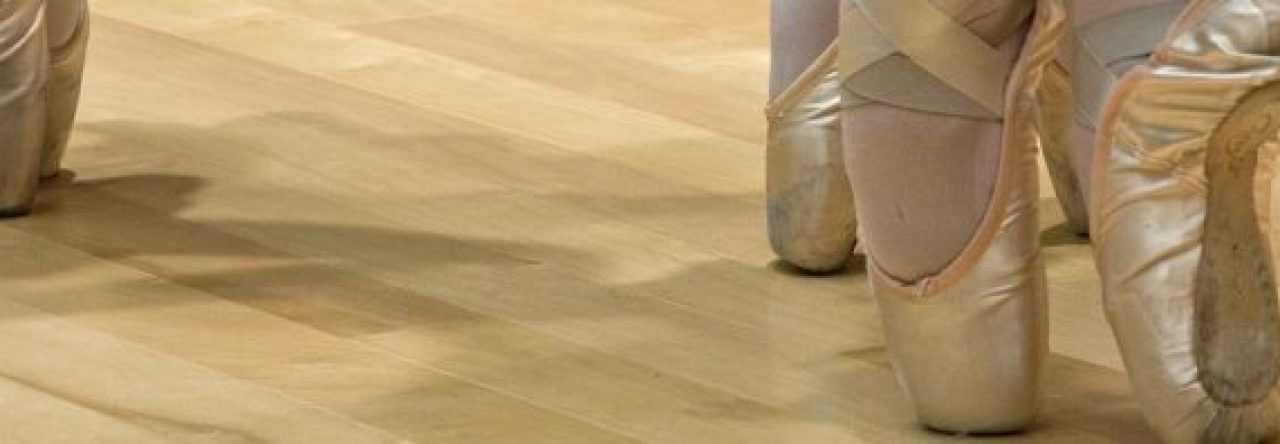
As soon as King Louis XIV set technique and rules to ballet, there came a shift in dance. Suddenly, ballet was not about merriment and being closer to God, it was about the ability to perform the steps and to look good doing it. As the form degraded and it began to be performed in theaters that were open to the public instead of the King’s court, this technique became all the less important. Without the importance of turn out, pointed toes, or any other aspect of technique, dance was mainly critiqued for the physical beauty of the dancers themselves. Critics would base their review of a performance on “the shaping of a dancer’s body from her forehead, nose, and head to her legs, arms, and bosom” (Karthas, 972). Since then, exact technique has become of the utmost importance in ballet, but the obsession over looks has not disappeared, rather, modern ballerinas are now expected to have both the looks and the technique. Being technically advanced is important so that injuries from pointe can be avoided, and so the movement can be executed correctly. Looks are only important in terms of aesthetic but are even enforced during class when girls are required to wear skin tight leotards, have their hair pulled into a neat bun, and always look pleasant. Physical beauty is, unfortunately, a large part of ballet and it takes a toll on its students.
